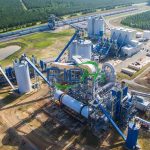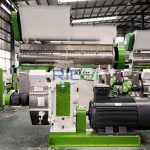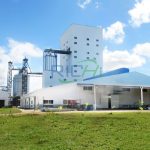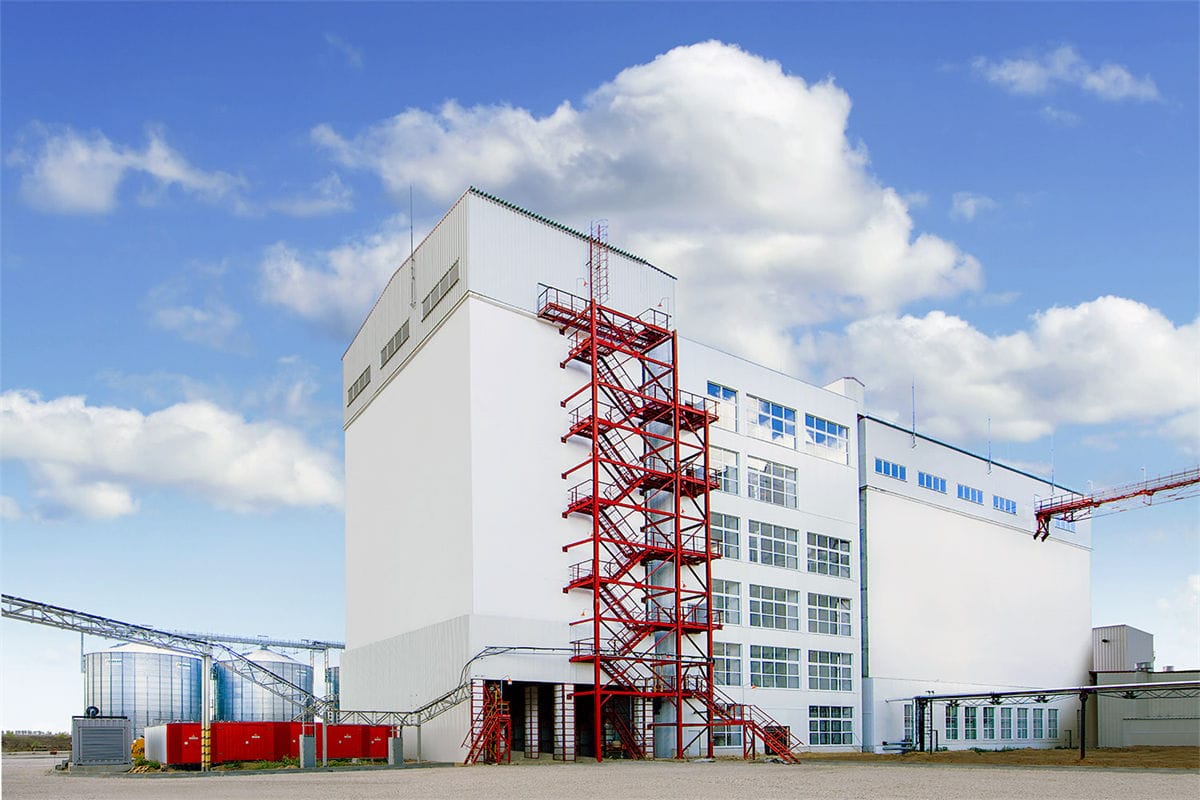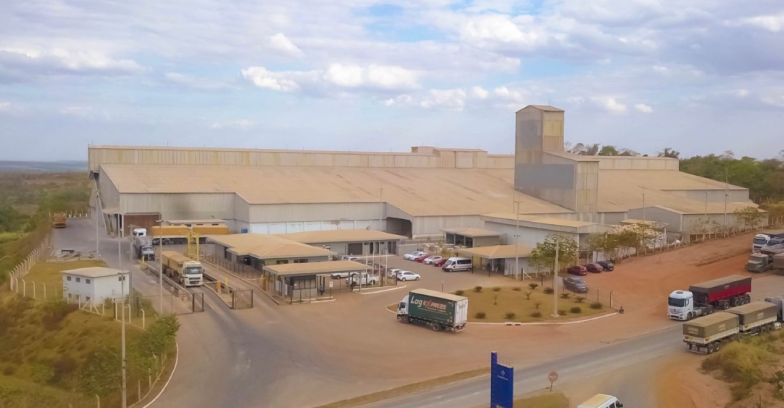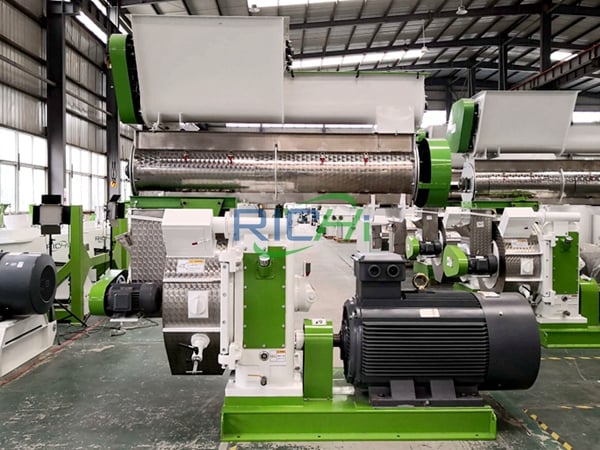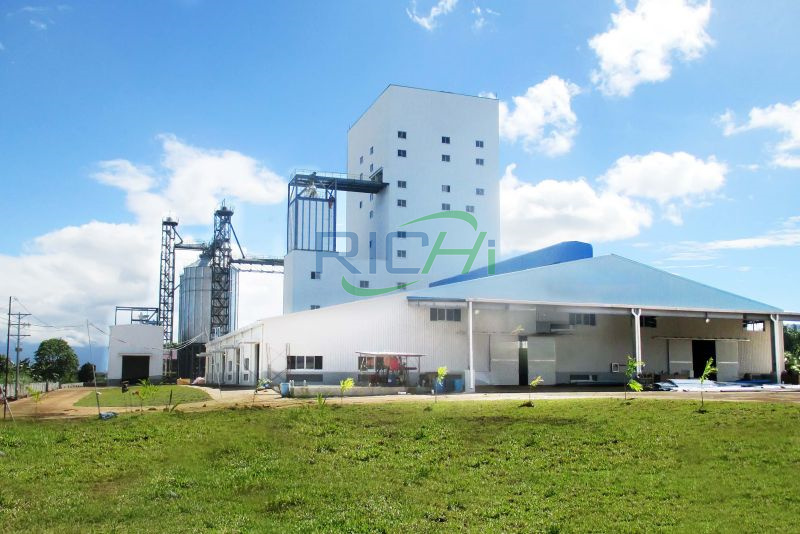Vietnam’s rapidly growing agricultural sector and expanding livestock industry present a compelling case for establishing modern premix feed mills in the country. As Vietnam strives to enhance its agricultural productivity, ensure food security, and boost economic growth, the development of a robust animal nutrition industry emerges as a critical factor in achieving these goals. This article explores the promising prospects and multifaceted benefits of building a premix feed mill in Vietnam, highlighting how such an investment can contribute to the nation’s agricultural transformation and economic development.
Capitalizing on Vietnam’s Growing Livestock Sector
Vietnam’s livestock sector has been experiencing significant growth in recent years, driven by increasing domestic demand for animal protein and the government’s focus on modernizing agriculture. This growth presents a prime opportunity for premix feed production:
- Rising meat consumption: Per capita poultry meat consumption in Vietnam has increased from 11.8 kg in 2017 to 16.8 kg in 2021, indicating a strong and growing demand for animal products.
- Expanding poultry population: Vietnam’s poultry population reached 512.7 million in 2020, growing at an annual rate of 5.1%, according to the National Institute of Animal Science.
- Increasing aquaculture production: Vietnam is a major player in global aquaculture, with a growing need for high-quality fish and shrimp feeds.
A premix feed mill can cater to this expanding market, providing essential nutrients to support the growth and health of various livestock species.
Addressing the Need for High-Quality Animal Nutrition
As Vietnam’s livestock industry modernizes, there is a growing recognition of the importance of high-quality animal nutrition. A premix feed mill can address this need by:
- Producing tailored nutrient blends: Customized premixes can be formulated to meet the specific nutritional requirements of different animal species and production stages.
- Enhancing feed efficiency: High-quality premixes can improve feed conversion ratios, leading to more efficient livestock production.
- Supporting antibiotic-free production: With the global trend towards reducing antibiotic use in animal production, premixes can incorporate alternative growth promoters and immune boosters.
Leveraging Vietnam’s Agricultural Resources
Vietnam’s diverse agricultural sector provides a strong foundation for premix feed production:
- Availability of raw materials: Vietnam produces a variety of crops that can be used as base ingredients for premixes, including rice, corn, and cassava.
- Strategic location: Vietnam’s geographical position allows for easy import of essential micronutrients and export of finished premixes to neighboring countries.
- Government support: The Vietnamese government has been actively promoting agricultural development and modernization, creating a favorable environment for agribusiness investments.
Driving Technological Innovation in Agriculture
Establishing a modern premix feed mill in Vietnam can serve as a catalyst for technological innovation in the country’s agricultural sector:
- Introduction of advanced formulation techniques: State-of-the-art premix production involves sophisticated nutrient modeling and formulation software.
- Precision nutrition: A premix feed mill can introduce concepts of precision animal nutrition, optimizing nutrient delivery for maximum productivity and minimal environmental impact.
- Quality control advancements: Modern premix production requires advanced quality control measures, which can set new standards for the entire feed industry in Vietnam.
Enhancing Livestock Productivity and Farmer Incomes
One of the most significant benefits of building a premix feed mill in Vietnam lies in its potential to enhance livestock productivity:
- Improved animal performance: High-quality premixes can lead to better growth rates, feed conversion, and reproductive performance in livestock.
- Reduced production costs: By optimizing nutrient utilization, premixes can help farmers reduce overall feed costs.
- Higher quality animal products: Properly formulated premixes can enhance the quality of meat, milk, and eggs, potentially commanding higher market prices.
These improvements can translate into increased profitability for livestock farmers, contributing to rural economic development and poverty reduction.
Supporting Import Substitution and Export Potential
A domestic premix feed mill can support Vietnam’s economic goals by:
- Reducing reliance on imported premixes: Domestic production can decrease the need for imported animal nutrition products, improving the country’s trade balance.
- Creating export opportunities: As the mill establishes itself, there may be potential to export premixes to neighboring countries in Southeast Asia.
- Attracting foreign investment: A successful premix operation can demonstrate the potential of Vietnam’s agribusiness sector, attracting further foreign investment.
Creating Employment and Skill Development Opportunities
The establishment of a premix feed mill would create various employment opportunities:
- Direct employment: The mill would require skilled workers in areas such as production, quality control, and management.
- Indirect employment: Related industries such as transportation, packaging, and raw material supply would also benefit.
- Skill development: The mill could serve as a training ground for developing a skilled workforce in modern feed production technologies and animal nutrition.
Promoting Sustainable Agricultural Practices
A modern premix feed mill can contribute to more sustainable livestock production in Vietnam:
- Reducing environmental impact: Precise nutrient formulations can minimize nutrient excretion, reducing the environmental footprint of livestock production.
- Resource efficiency: Optimized feed formulations can lead to more efficient use of natural resources in animal production.
- Supporting organic production: The mill could develop specialized premixes for organic livestock production, tapping into growing consumer demand for organic products.
Strengthening Food Security and Rural Development
By supporting more efficient and productive livestock farming, a premix feed mill would play a crucial role in strengthening Vietnam’s food security. It would also contribute to rural development by creating new economic opportunities in agricultural areas.
Challenges and Considerations
While the prospects for a premix feed mill in Vietnam are promising, several challenges need to be addressed:
- Regulatory compliance: Navigating Vietnam’s regulatory environment and obtaining necessary permits and certifications.
- Competition: The feed market in Vietnam is competitive, with several established players.
- Education and market development: Educating farmers about the benefits of high-quality premixes may be necessary to build a strong customer base.
- Raw material sourcing: Ensuring a stable supply of high-quality ingredients, particularly imported micronutrients.
- Technical expertise: Recruiting and retaining skilled personnel with expertise in premix formulation and production.
Conclusion: A Strategic Investment in Vietnam’s Agricultural Future
Building a premix feed mill in Vietnam represents a strategic investment in the country’s agricultural future, with the potential to catalyze widespread improvements across the livestock production sector. By addressing the growing demand for high-quality animal nutrition, leveraging Vietnam’s agricultural resources, and driving technological innovation, the mill would play a pivotal role in modernizing and strengthening the country’s agricultural sector.
The potential for enhancing livestock productivity, supporting import substitution, creating employment opportunities, and promoting sustainable practices underscores the significance of this investment. While challenges exist, they are not insurmountable, and the long-term benefits for Vietnam’s economy and food security far outweigh the initial hurdles.As Vietnam continues to pursue its goals of agricultural modernization, food self-sufficiency, and economic diversification, the establishment of a premix feed mill stands out as a transformative step towards realizing these ambitions.
Such a venture has the potential to improve livelihoods, enhance food security, and position Vietnam as a leader in modern, sustainable livestock production in the region.In conclusion, the prospects and benefits of building a premix feed mill in Vietnam are numerous and far-reaching. It represents not just a business opportunity, but a chance to contribute meaningfully to the nation’s development, supporting its journey towards becoming a major player in the global agricultural and livestock industries.


